4 Real Estate Trends for 2016
| December 22, 2012
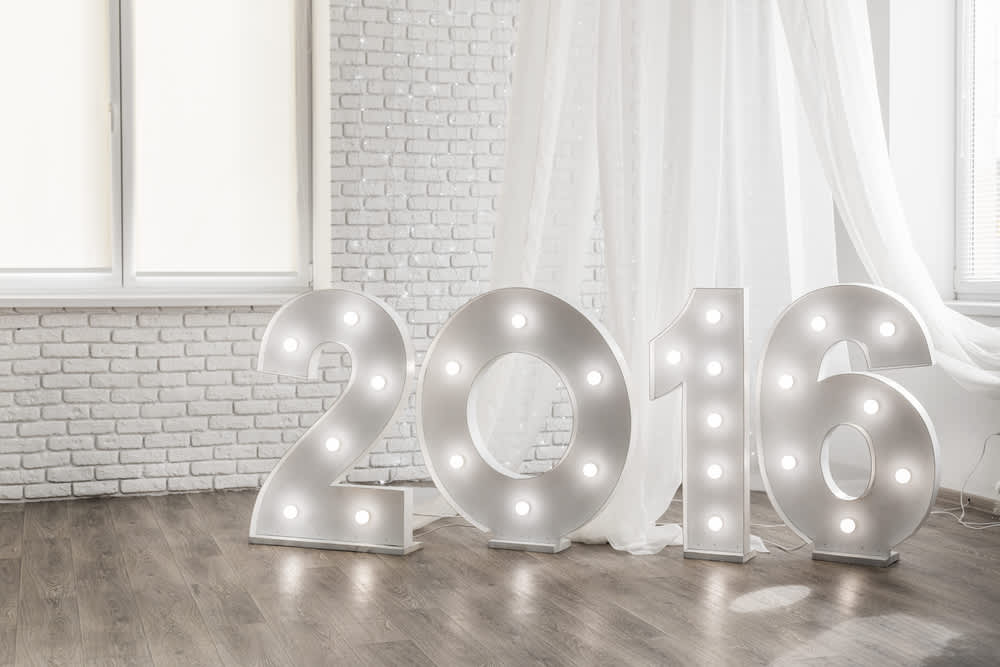
| December 22, 2012

As the year comes to a close, we can look ahead to the new year and all the promise it brings. Whether 2016 will see you looking to buy or sell your home, stay in the same city or relocate to another city or state, it’s going to be a big year for real estate.
Looking ahead, pWc—the US arm of PricewaterhouseCoopers—prepared a report on the trends that will dominate the real estate and development world in the coming year. Here are four interesting trends from that report that may affect your worldview.
An 18-hour city is a city in which businesses are open longer and later than in a traditional, 12-hour city. Not only does this drive nightlife, but it also gives consumers the opportunity to shop, take care of business, or eat out longer in the day, get in more hours at work, or have later access to public transportation.
While this trend will surely affect larger metropolitan areas before it hits mid-sized cities like Tucson, it’s current to be on the watch for.
Development in most cities and towns is still taking place on the outer edges and borders of urban space because open land is usually already at a minimum. Yet new developments will no longer look the same as the suburbs of the 1970s through early 2000s.
The new trend in suburban development will be to create ‘urban’ suburbs—suburbs that offer all of the amenities of a city center, including a retail core, transit hubs, and nightlife. The idea is that people will be drawn to visit the suburbs to fill certain needs or to have fun, rather than only exiting from the city life after work.
‘Flexible housing’ is a vague term, but pWc put it forward as new housing that is developed with a variety of community needs in mind. The example the report put forth was twofold: contrasting baby boomers, who will want to find housing where they can age comfortably without having to relocate to care homes when they need help, with today’s 20- and 30-somethings, who need affordable housing in the urban areas where they can find work.
Developers are looking for ways to build both kinds of housing while still addressing a variety of desires for amenities, locations, and price ranges. This might mean more active-living communities developed in the new ‘urban’ suburbs, micro-housing in urban centers where space is already at a premium, or mixed-use communities where a variety of demographics can live comfortably together.
In hand with building new homes and further developing communities comes the task of getting people to and from their new residences. As more space is developed into housing and commercial real estate, parking becomes more and more scarce.
Many developers are now interested in boosting alternatives to driving—building parking lots or garages, but also adding in more space for bicycle parking, bus stops, or car-sharing programs. This is also part of the green trend in building and development—a trend which seeks to both lessen the impact of cars and traffic on the environment and also reduce traffic congestion in cities and towns.
Whether or how soon any of these trends will affect the greater Tucson area remains to be seen—but it is interesting to think about how future development might change our landscape over the coming year or decade.
Stay up to date on the latest real estate trends.
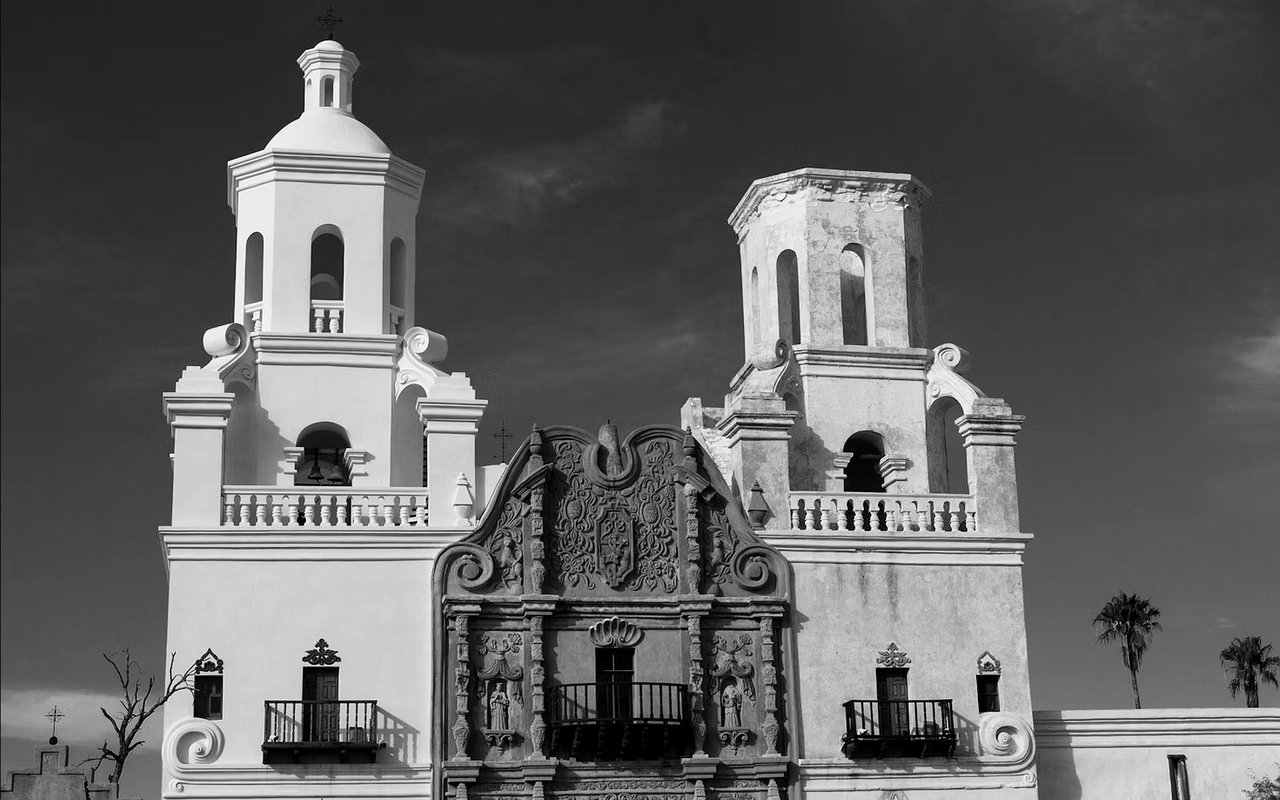
December 15, 2025
Discover the Signature Sites That Define Tucson’s Luxury Lifestyle.
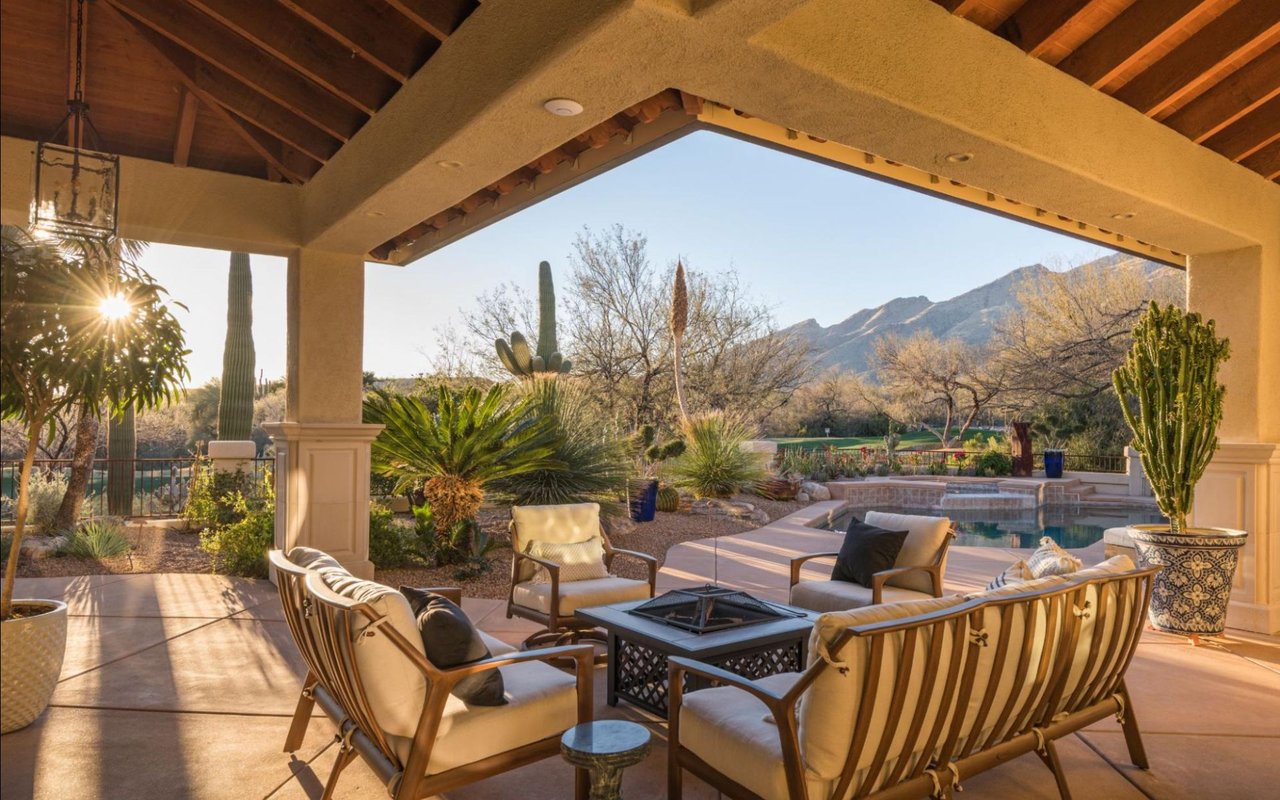
December 15, 2025
Elevate Your Home and Capture the Essence of Tucson Luxury Living.

December 15, 2025
Discover Five Highly Rated Mexican Restaurants That Elevate Your Tucson Experience.

December 15, 2025
Experience the Best of Tucson’s Culture, Scenery, and Lifestyle.
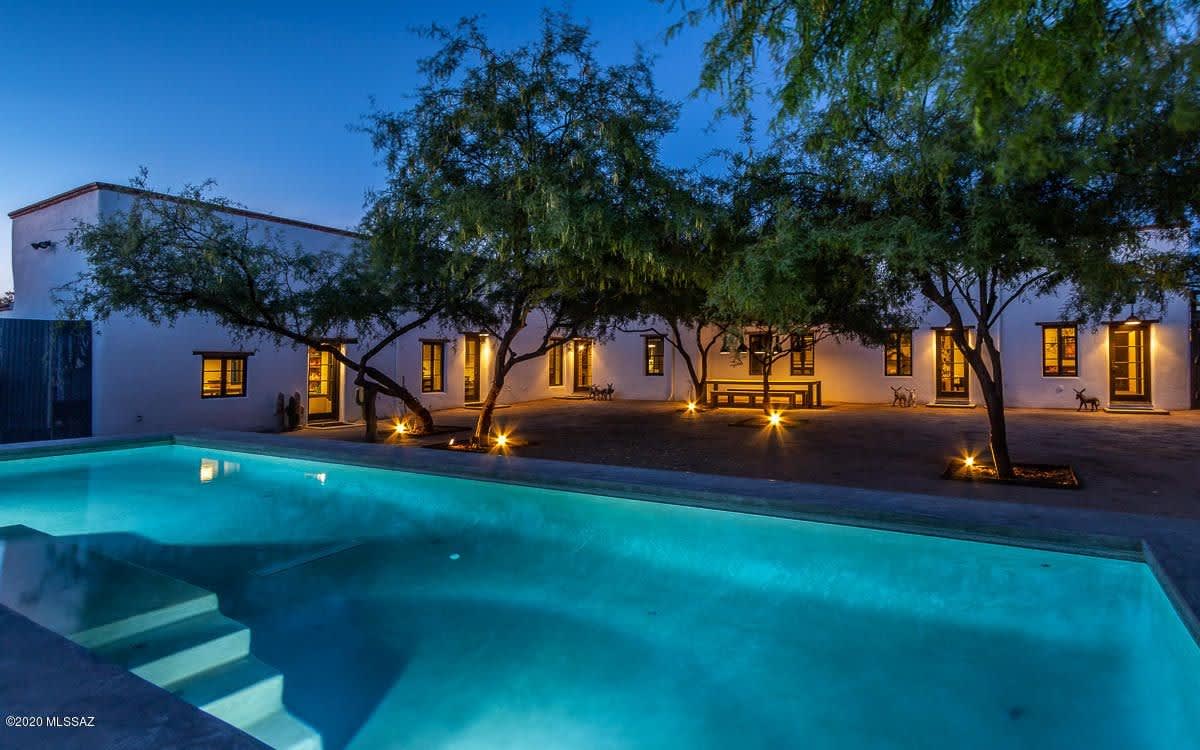
Jameson Gray & McKenna St. Onge | October 30, 2025
Take a peek at the vibrant style and amazing features of this home
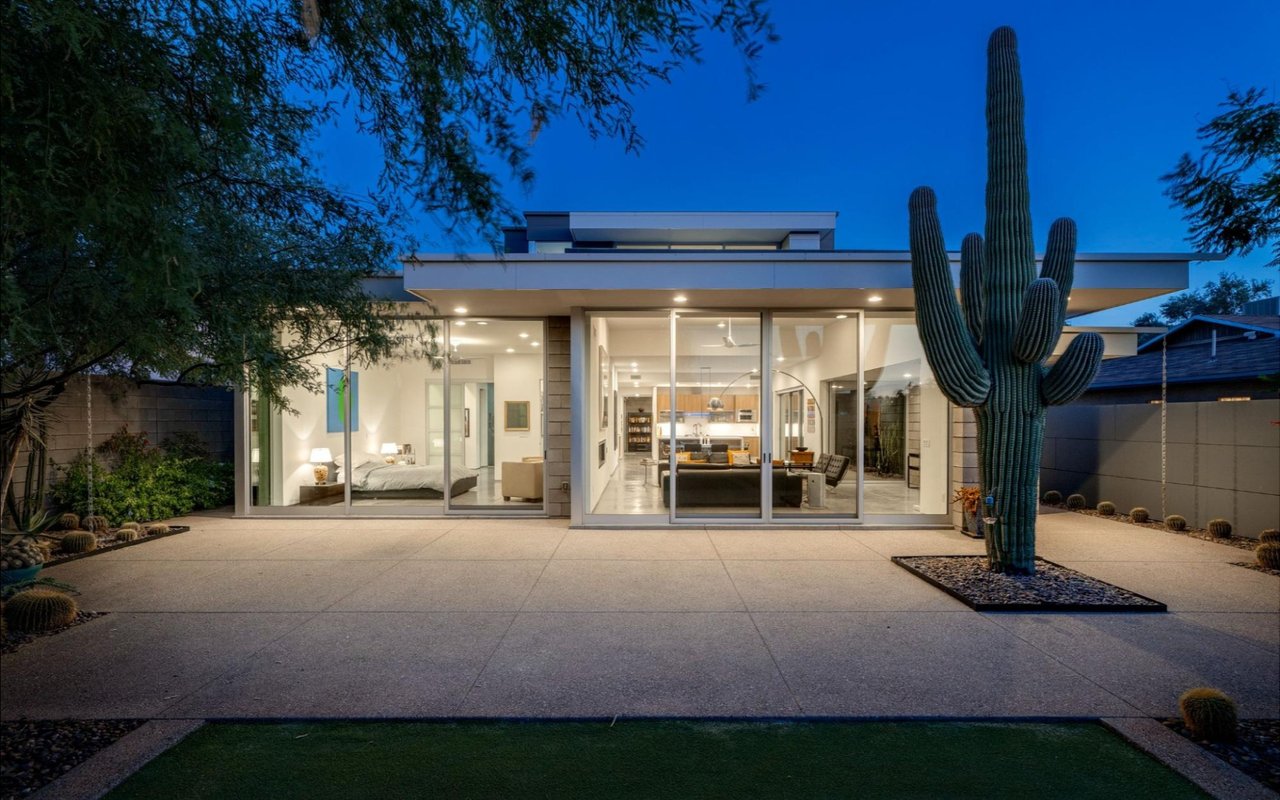
October 28, 2025
Exploring Plan Tucson 2025 and its potential impact on the future of housing and infrastructure in Tucson.
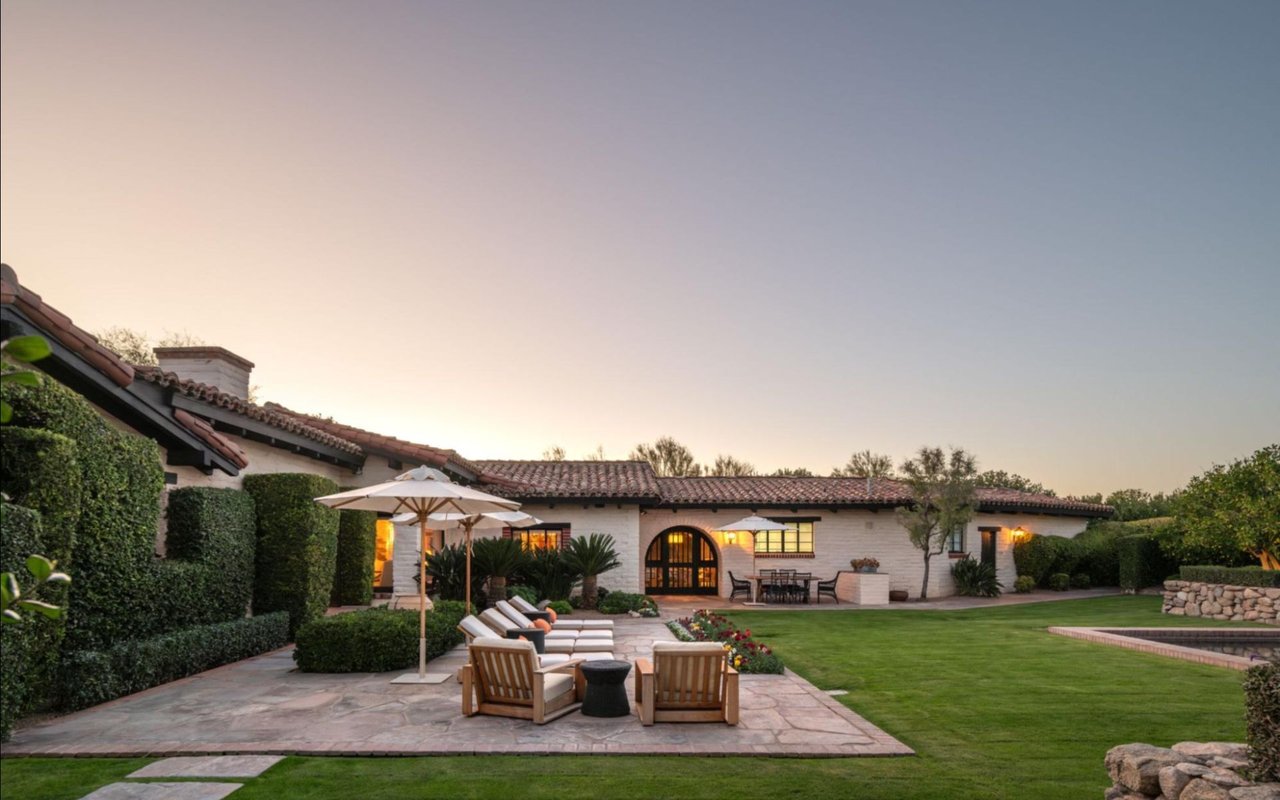
October 28, 2025
Timing the Market for Maximum Returns in Tucson’s Luxury Real Estate.
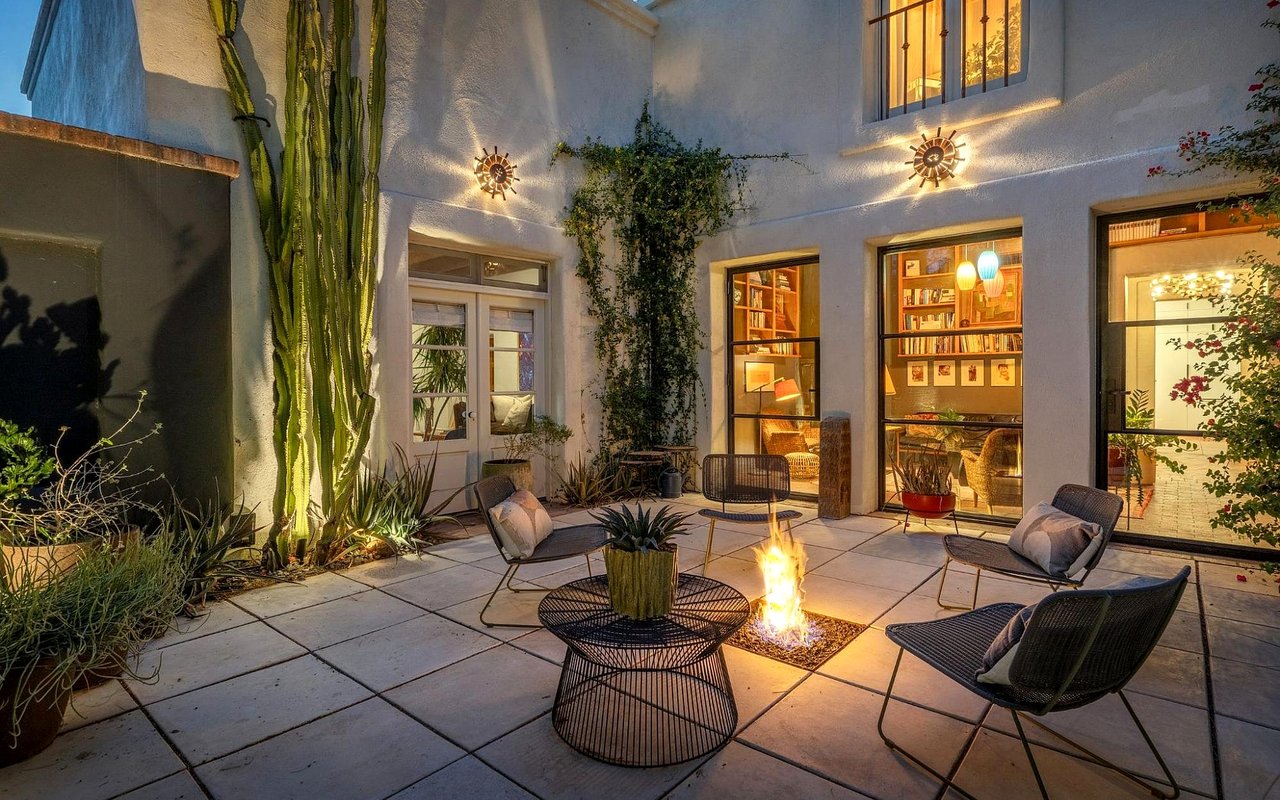
October 28, 2025
A New Vision for Growth, Luxury, and Lifestyle.
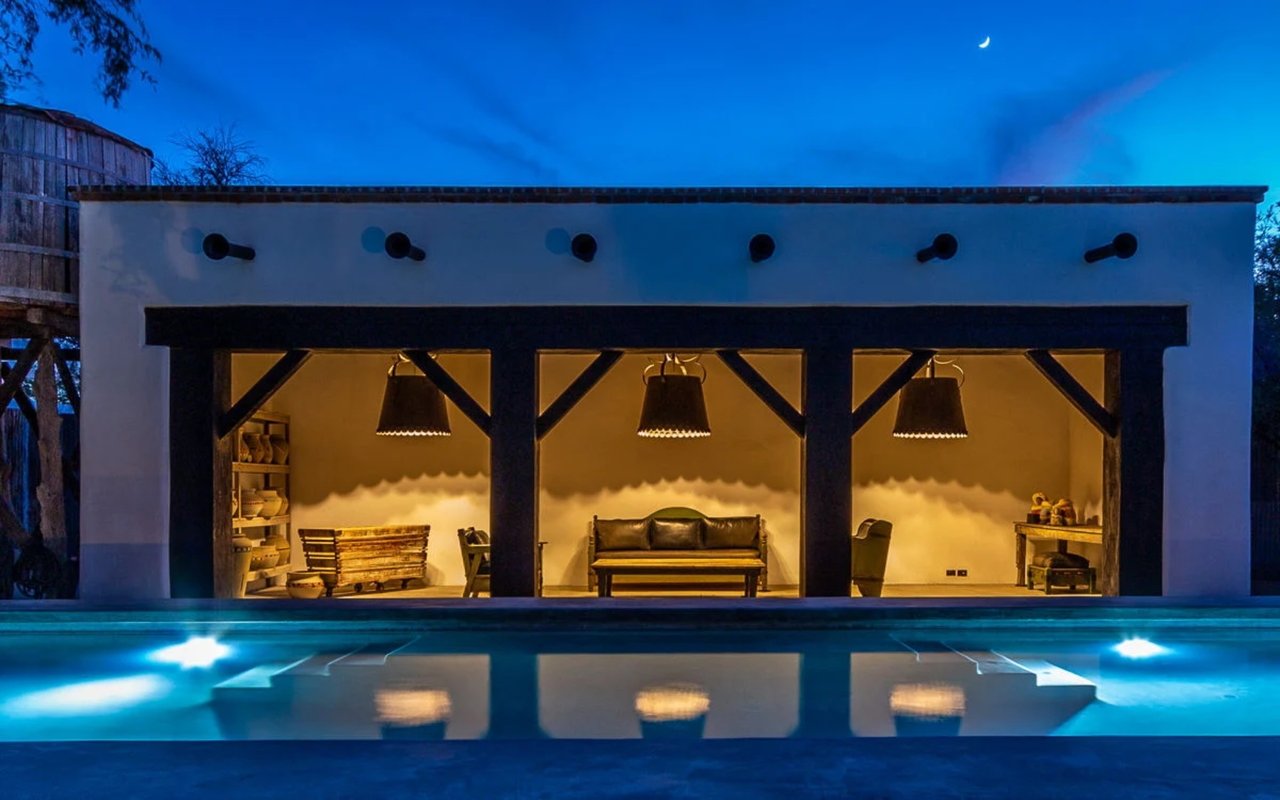
October 23, 2025
Exploring the sale of Diane Keaton's former Tucson homestead, one of the city's most iconic home makeovers.
LOCAL EXPERTISE. GLOBAL CONNECTIONS.
We offer the highest level of expertise and service with integrity. The Gray | St. Onge Group is a dedicated team with years of experience as leading real estate agents in Tucson, Arizona, and the surrounding area.